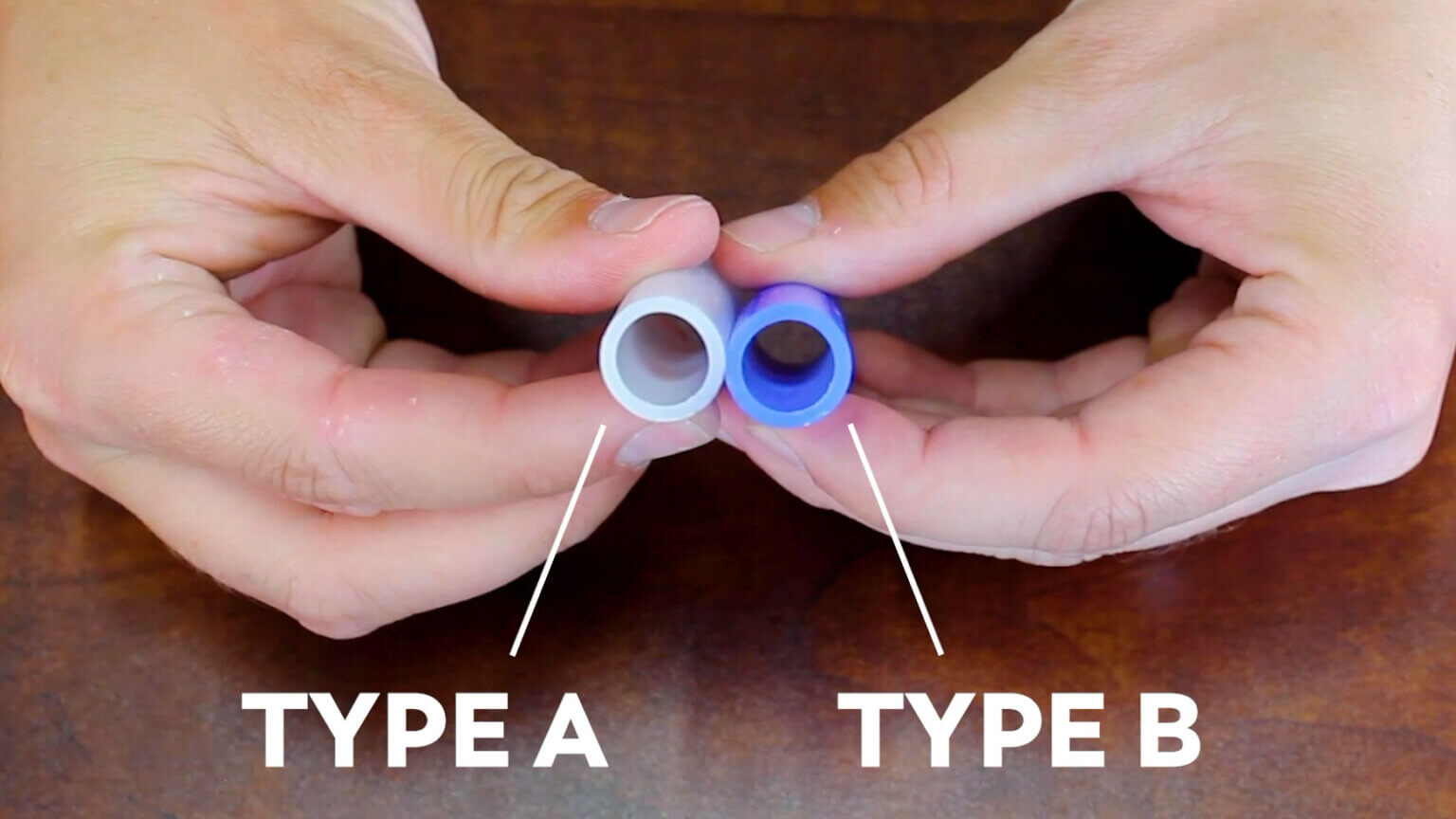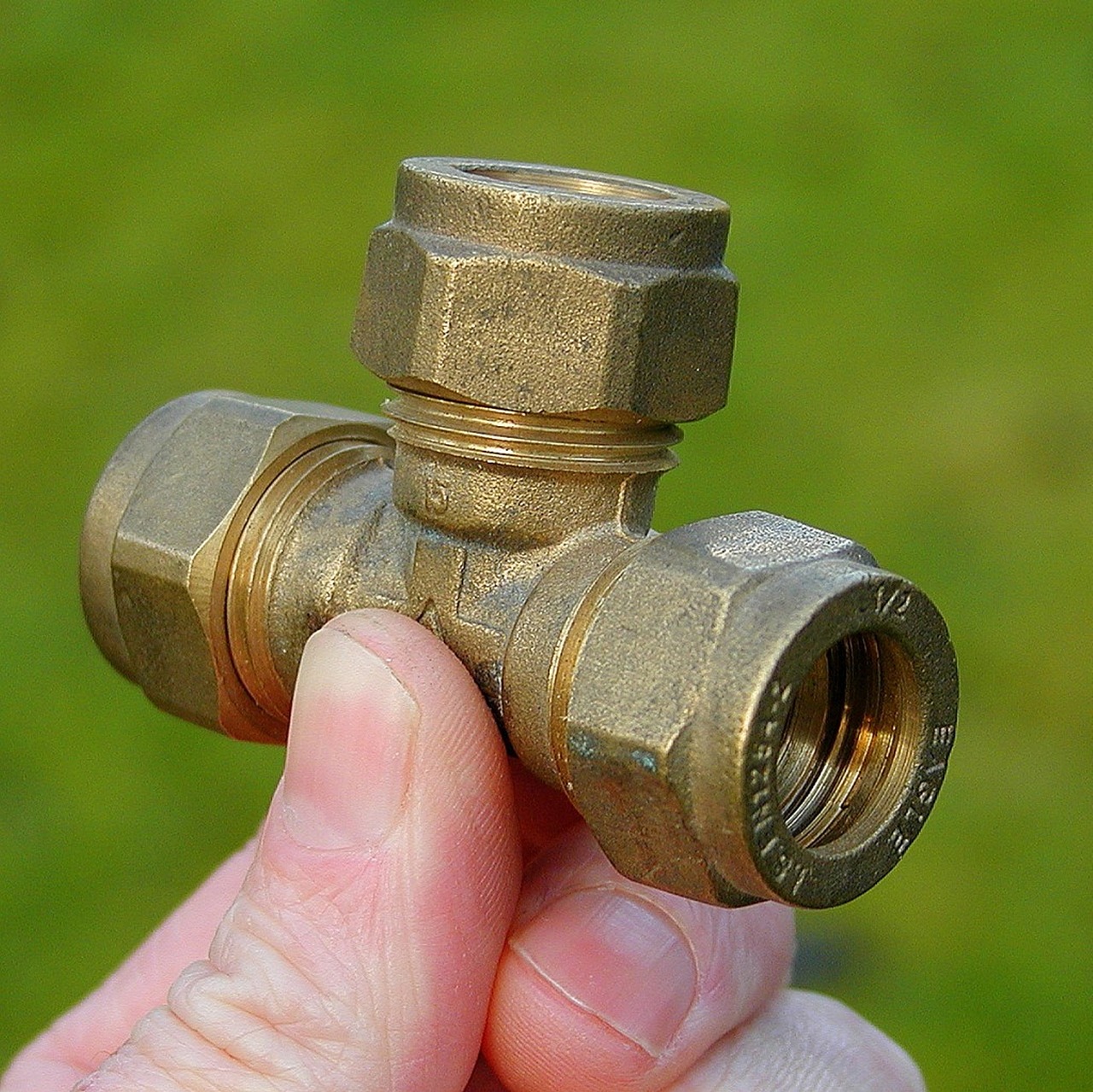PEX A vs PEX B: What are the advantages and disadvantages? If you’re a first-time plumber or homeowner, you should understand the distinction. PEX is rapidly replacing copper as the preferred domestic piping material. Why? Because PEX is both long-lasting and inexpensive in terms of materials and labor to install.
PEX has two main brands: PEX A and PEX B. (Uponor is a popular PEX A producer, and Zurn is a major PEX B manufacturer.) PEX A and PEX B use various joining methods and have distinct advantages and disadvantages. Let’s investigate them now.
PEX A vs PEX B: Cost
While the materials, fittings, and sleeves for PEX A and PEX B vary, PEX B is the most cost-effective material. (However, while calculating costs, it is also vital to account labor and installation. More on this later.
PEX A
- Cost per foot of material: $0.35
- 90-degree fittings: $1.00 each
- Sleeve pieces: $0.15 each
Tool: Milwaukee Automatic Expansion Tool, $250
PEX B
- Material cost: $0.21 per foot
- 90-degree fittings: $1.44 each
- Sleeves: $0.20 per unit
- Tool: Zurn manual crimp tool, priced at $150.00
PEX A vs PEX B: Connection Techniques

Looking at these two pipes side by side, PEX A and PEX B are nearly the same size. However, the difference is in the flow limitation.
PEX A
PEX A incorporates an expansion-style fitting. These fittings are significantly larger in diameter than PEX B fittings and require an expansion tool.
Using the expansion tool, you extend the pipe and sleeve so that the fitting can slide in. Because PEX A is expandable, the material’s memory ensures that it shrinks back to its original size and tightens securely around the fitting.
Pros:
The PEX The joining method avoids the issue of flow limitation because the fitting is the same diameter as the pipe. Furthermore, the expansion fitting is ergonomic for tight places.
If you’re installing PEX A in a difficult-to-reach location, such as a joist bay, you can expand the fitting while in a comfortable position. You’ll have a few seconds until the expansion shrinks back down, which is plenty of time to connect it to an already established pipe.
Con:
In cold environments, such as Montana, expansion-style fittings might take a long time to shrink back to their original size. What’s the solution? Get a heat gun and use it to warm up the fitting to expedite the procedure.
PEX B
PEX B incorporates an insert-style fitting. After placing the fitting into the pipe, secure it with a copper sleeve and the crimp tool.
Pro:
Because PEX B does not require an expansion tool, the joining process is faster and easier than for PEX A. In cold or hot weather, the joining procedure workflow is the same.
Con:
Because PEX B fittings are smaller in diameter, this joining method reduces the size of the pipe at the connection. As a result, flow resistance increases and the volume of water delivered to your home’s fixtures decreases. Furthermore, the joining method is less ergonomic than PEX A: if the crimp tool isn’t square on the sleeve, you can crimp it incorrectly, resulting in a leak.
PEX A vs PEX B: Flexibility
PEX A
PEX A is more flexible than PEX B, allowing for closer radial bends. Another major advantage is that if PEX A pipe kinks, which is typical, you may repair it with a heat gun. The heat will activate the material, forcing it to expand back into its former shape.
PEX B
PEX B is less flexible than PEX A since it is comprised of the same expanding substance. As a result, if the pipe kinks, it cannot be repaired; instead, it must be cut out and replaced.
PEX A vs PEX B : System Sizing
One of the most common issues encountered by our field service technicians is an inappropriately sized system. This issue is commonly associated with PEX B plumbing systems. As previously stated, PEX B’s insert-style fitting can produce a bottleneck in your plumbing system. So, if you’re a do-it-yourselfer planning to install PEX B, make sure you upsize your system to accommodate the flow restriction.
PEX A uses an expansion-style fitting, so you don’t have to worry about upsizing.
PEX A vs PEX B : Burst Pressure
Living in a cold climate increases the risk of your plumbing system freezing during extreme weather. When pipes freeze, they can burst. PEX A and PEX B handle this risk differently.
Bottom line:
PEX A has higher resistance to burst pressure than PEX B. PEX A’s expanding material can withstand up to 500 PSI, making it dependable in extreme low conditions. PEX B is a more stiff substance, hence it will not perform as well in similar scenarios. We’ve been installing PEX A and PEX B systems for years. After hundreds of hours of installation in service, commercial, and residential projects, we have come to choose PEX A. This system outperforms PEX B in terms of warranty and cost savings, as well as overall performance.
That being said, we’ve installed a lot of PEX B. If you are a homeowner with restricted access to PEX A tools and fittings, PEX B is a suitable option. Simply go to your local Home Depot or Lowe’s and acquire all of the PEX B materials you need. However, make sure to upsize your system — we normally recommend one pipe size — to accommodate for the fitting’s restriction, as well as being square on the sleeves when you crimp them.








